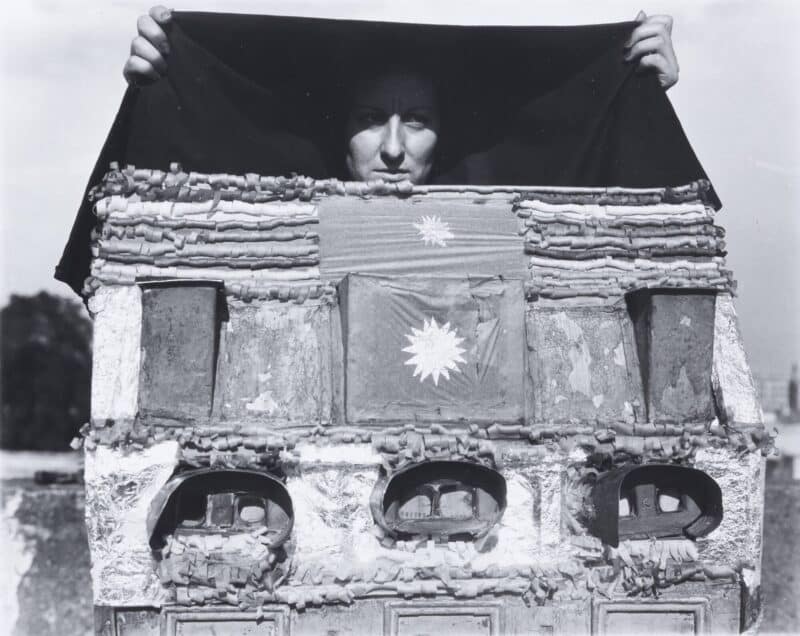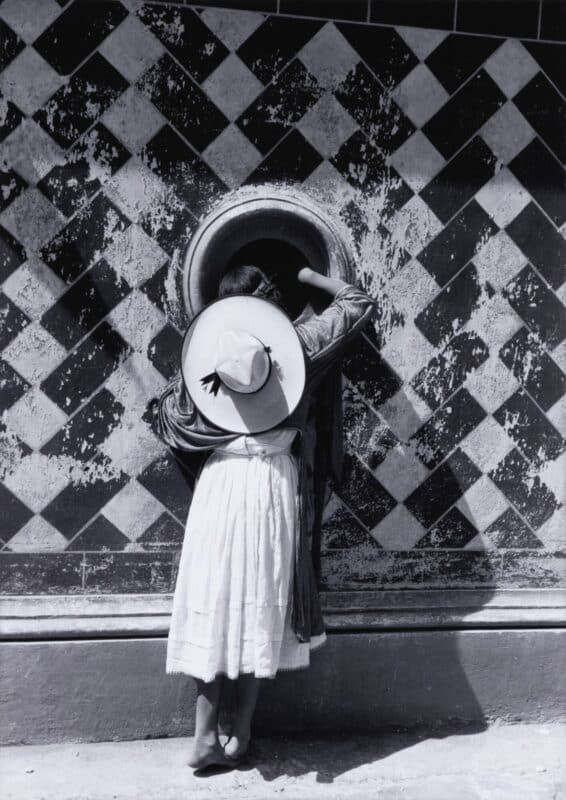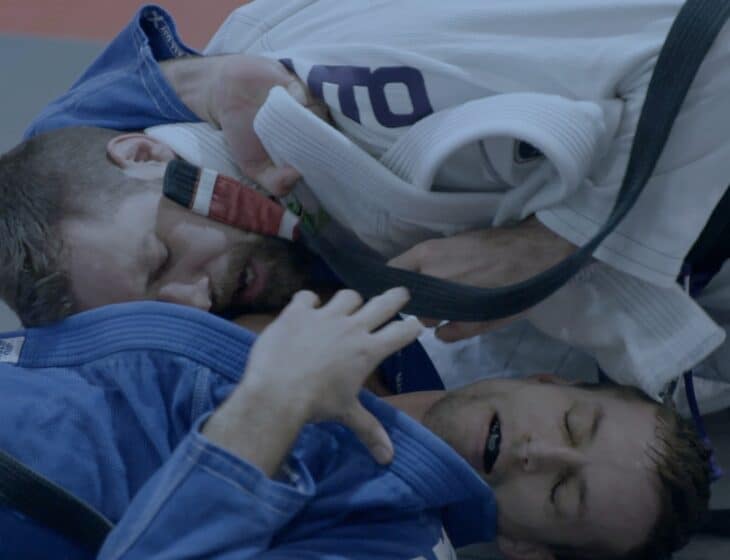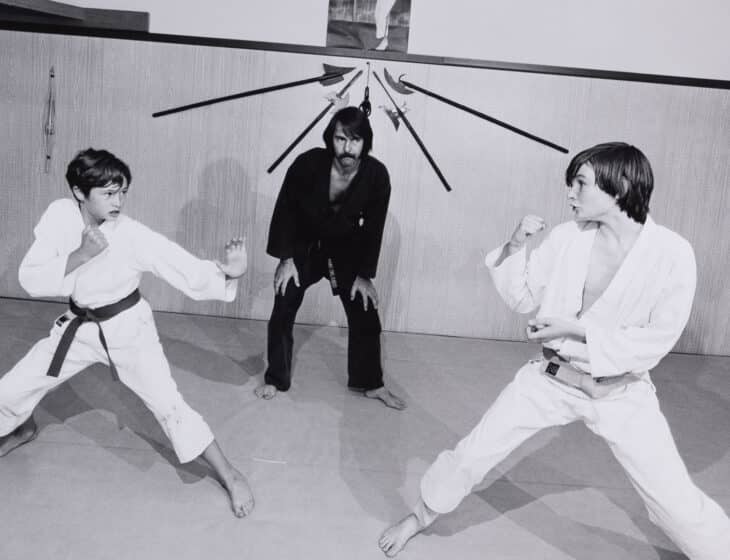Current Exhibition
Manuel Álvarez Bravo
Collaborations
Manuel Álvarez Bravo (Mexican, 1902 – 2002), “Caja de visiones (Box of Visions),” 1931
With over 100 photographs and ephemera, “Manuel Álvarez Bravo: Collaborations” illustrates that working with others was a central part of the artist’s creative process.
Manuel Álvarez Bravo is sometimes called the father of Mexican photography, but he did not reach the heights of his field on his own. He achieved his place in history through conversations and connections with some of the greatest minds of the 20th century in Mexico and abroad. Álvarez Bravo began taking pictures in the 1920s in the wake of the Mexican Revolution, a time when the art scene in Mexico City was thriving. Over the next seven decades, he worked with Frida Kahlo, Diego Rivera, André Breton, Luis Buñuel, Octavio Paz, and many others.
With over 100 photographs and ephemera, “Manuel Álvarez Bravo: Collaborations” illustrates that working with others was a central part of the artist’s creative process. In the making of a photograph, there are many decision points that confer authorship, from choosing the subject, framing the shot, clicking the shutter, to creating the print and determining its final presentation. Throughout his career, Álvarez Bravo made some (and at times most) of these choices with creative partners, be they mentors, friends, lovers, or rivals.
“Manuel Álvarez Bravo: Collaborations” is curated by former Des Moines Art Center Associate Curator, Mia Laufer.
Watch the Panel Discussion featuring Aurelia Álvarez Urbajtel, Aliza Nisenbaum, and Mia Laufer.
This exhibition is accompanied by an ambitious catalogue with essays by Mia Laufer (Chrysler Museum of Art, formerly Des Moines Art Center), Dr. Monica C. Bravo (Princeton University), Aurelia Álvarez Urbajtel (Archivo Manuel Álvarez Bravo), Dr. Rachel Kaplan (Los Angeles County Museum of Art), Héctor M. Orozco Velázquez (Colección y Archivo de Fundación Televisa), and Dr. Kristen Gresh (Museum of Fine Arts, Boston), and a poem by Octavio Paz (translated by Eliot Weinberger). The catalogue is for sale in the Art Center’s Museum Shop.
Support for this exhibition is provided by:
Jacqueline and Myron Blank Exhibition Fund
Richard L. Deming, M.D.

Manuel Álvarez Bravo (Mexican, 1902 – 2002)
Caja de visiones (Box of Visions), 1931
Gelatin silver print
Des Moines Art Center Permanent Collections; Purchased with funds from Craig and Kimberly Shadur, 2024.11
Photo: Rich Sanders

Manuel Álvarez Bravo (Mexican, 1902 – 2002)
La hija de los danzantes (Daughter of Dancers), 1933, printed 1980s
Gelatin silver print
Des Moines Art Center Permanent Collections; Purchased with funds from the Rusty Hubbell and Ellen and Jim Hubbell Photography Acquisition Fund, 2024.10
Photo: Rich Sanders


